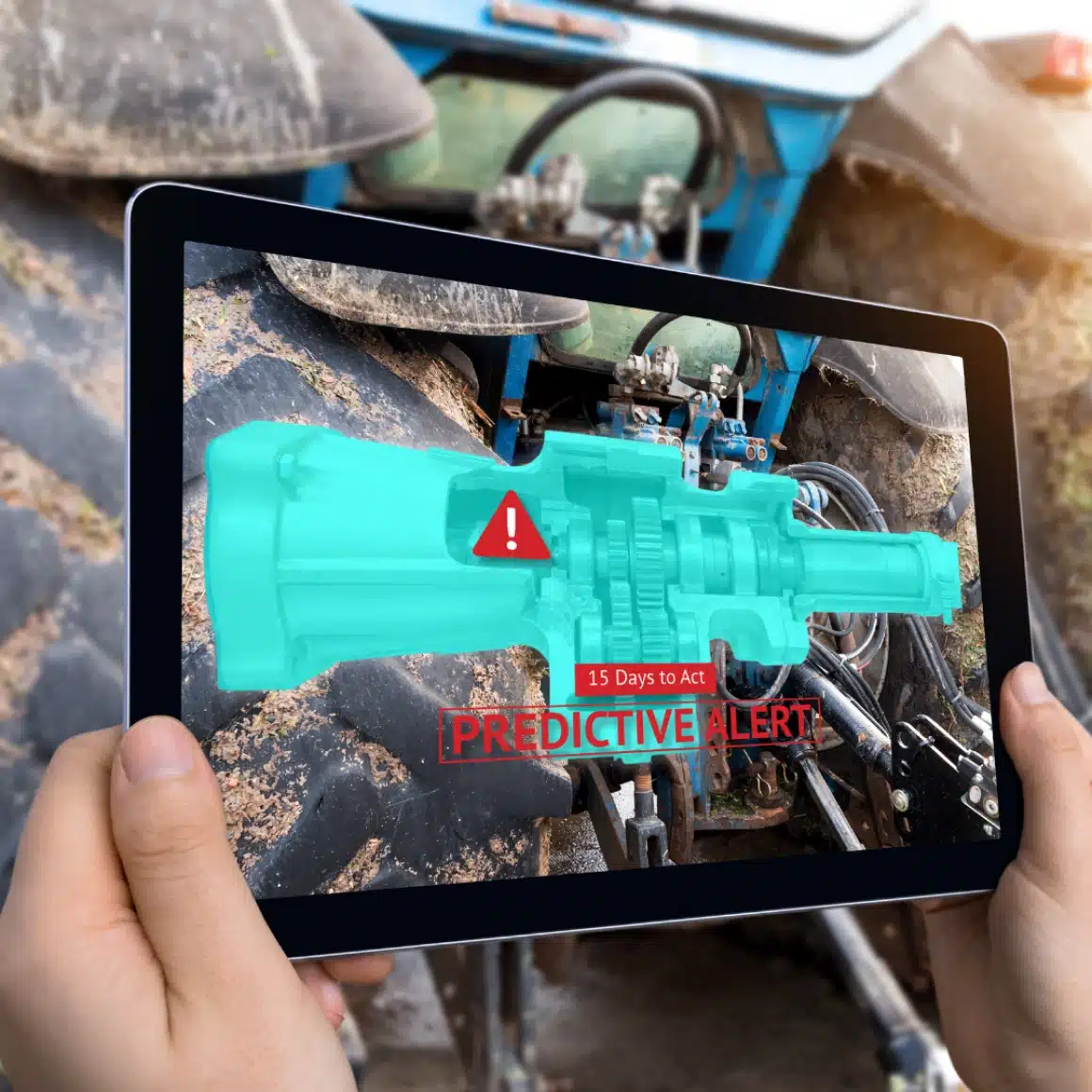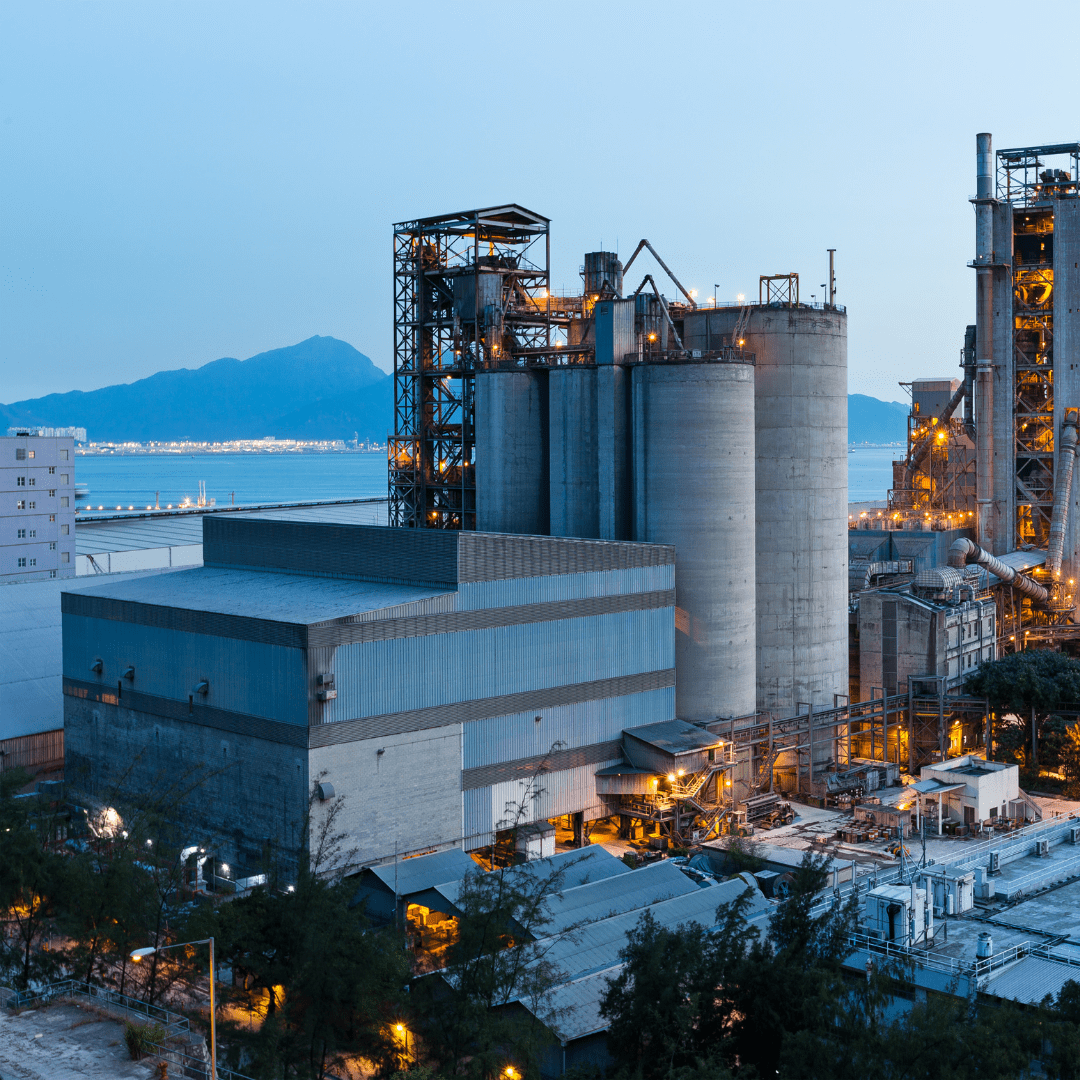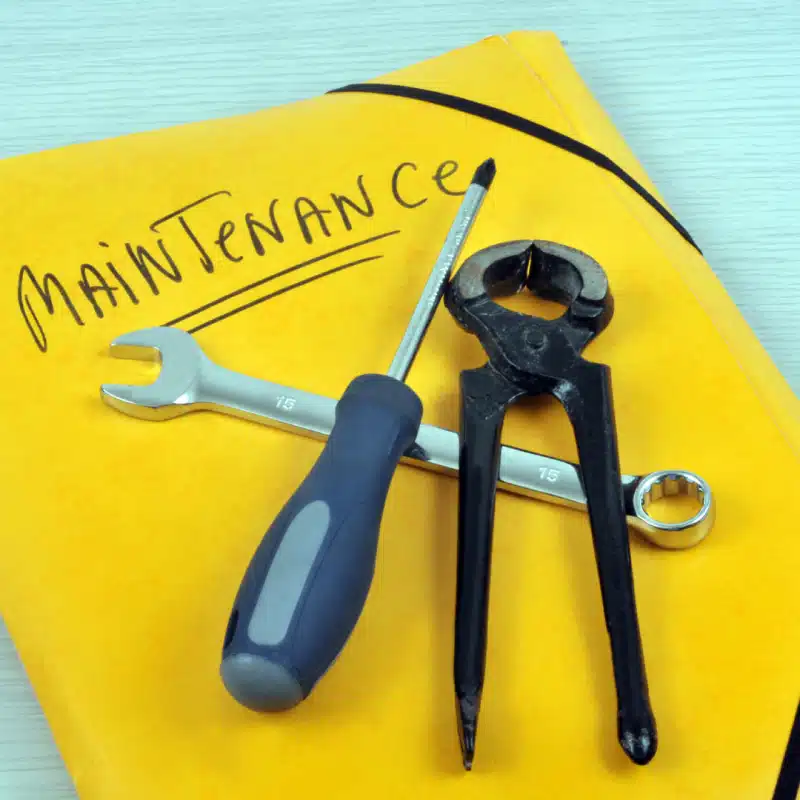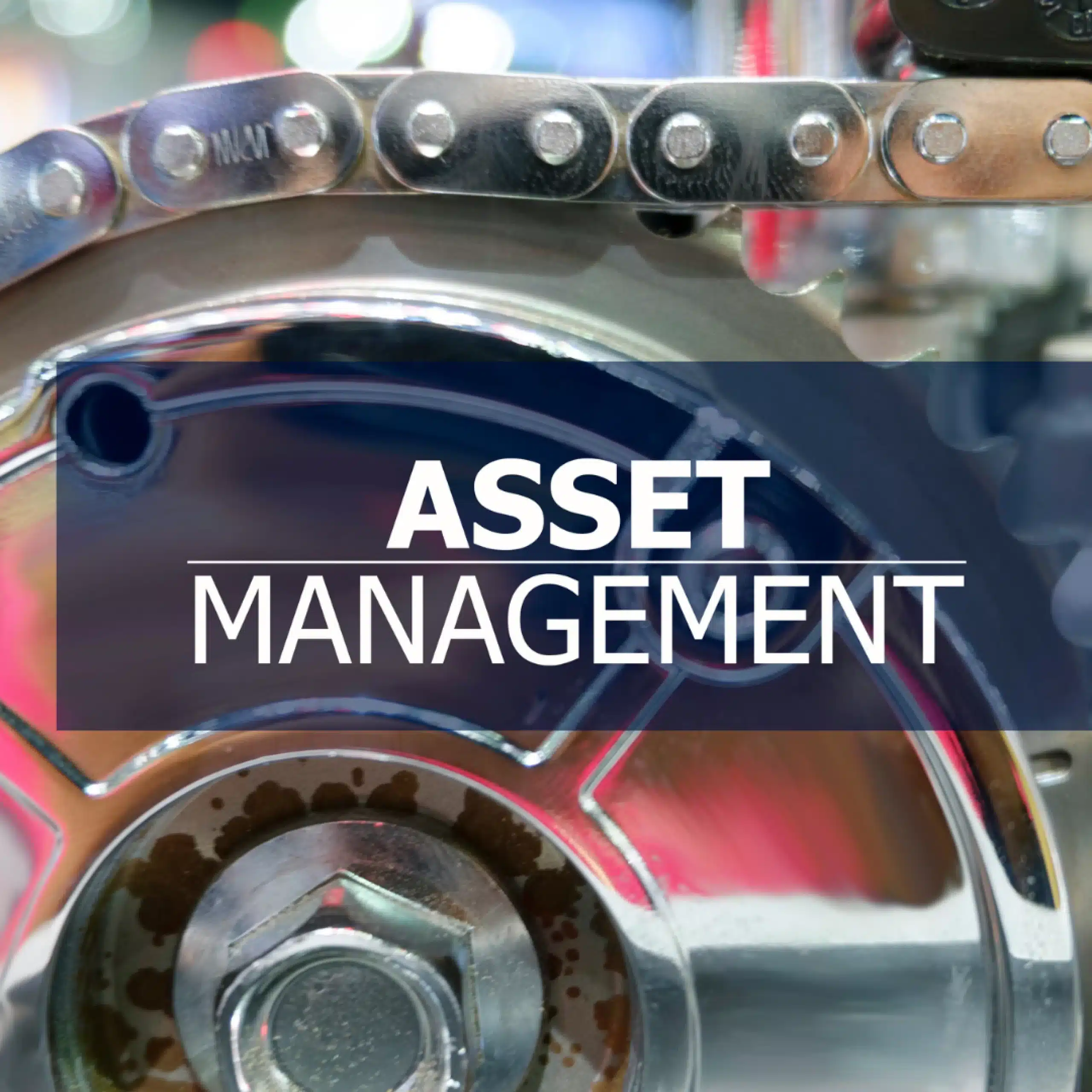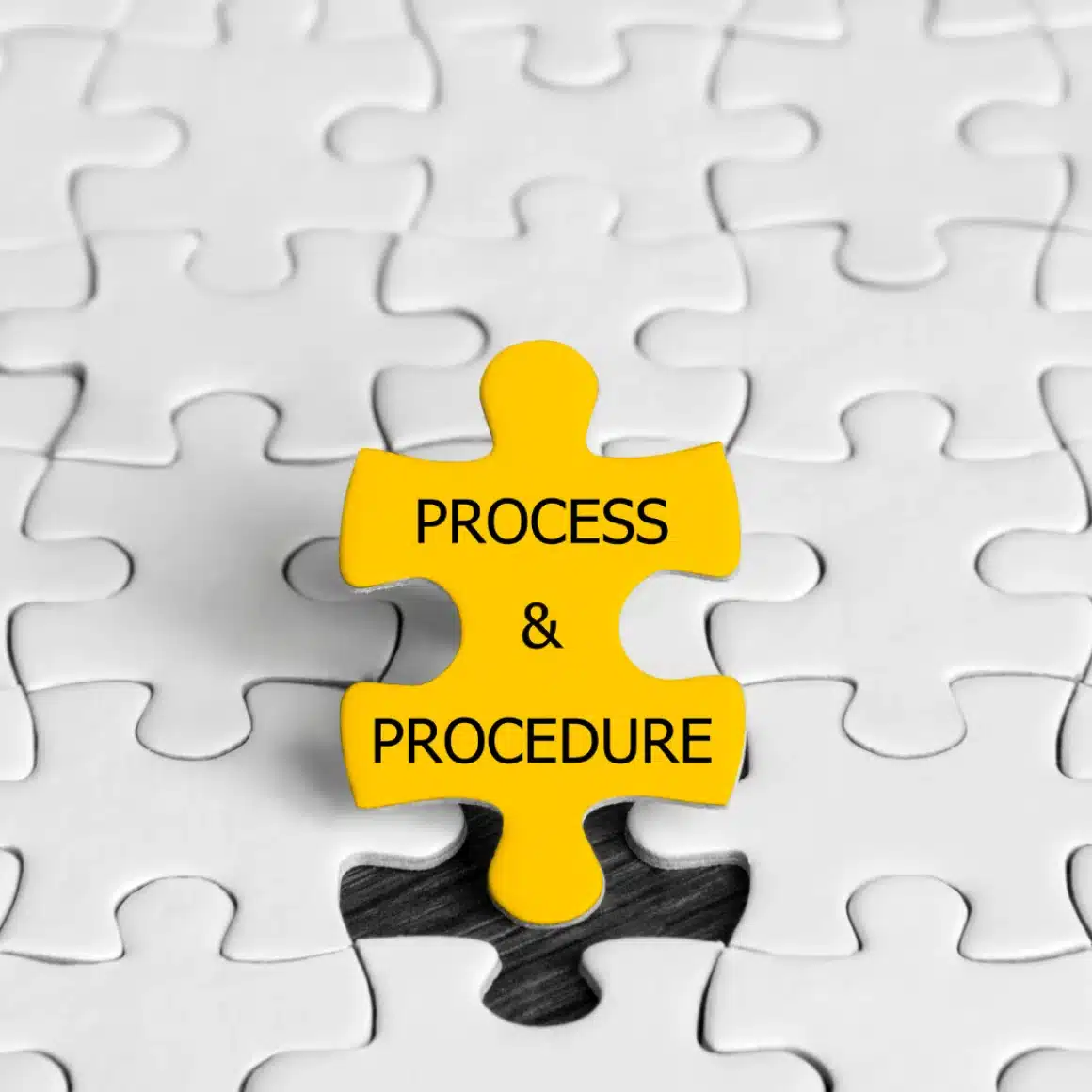Predictive maintenance (PdM) is a proactive maintenance strategy that uses data and analytics to predict when equipment failures might occur, allowing for timely maintenance that prevents unplanned downtime. Implementing PdM can significantly enhance the efficiency and reliability of your operations. Here’s a step-by-step guide to help you get started.
Step 1: Understand Your Maintenance Needs
Before implementing predictive maintenance, it’s crucial to understand your specific maintenance needs. Assess your current maintenance strategy, identify critical assets, and determine the key performance indicators (KPIs) that affect your operations. This initial assessment will help you tailor the predictive maintenance approach to your organization’s unique requirements.
Step 2: Gather and Analyze Data
The foundation of predictive maintenance is data. Begin by collecting historical data on equipment performance, maintenance history, and failure patterns. This data can come from various sources, including sensors, maintenance logs, and manual inspections. Once you have the data, use analytics tools to identify trends and patterns that indicate potential failures.
Step 3: Install IoT Sensors and Devices
To gather real-time data, install Internet of Things (IoT) sensors on critical equipment. These sensors continuously monitor various parameters such as temperature, vibration, pressure, and humidity. IoT devices provide a constant stream of data, which is essential for accurate predictive maintenance analysis.
Step 4: Choose the Right Predictive Maintenance Software
Select a predictive maintenance software solution that suits your organization’s needs. The software should be capable of processing large volumes of data, using advanced analytics, and providing actionable insights. Many solutions also offer integration with existing Computerized Maintenance Management Systems (CMMS) to streamline maintenance processes.

Step 5: Develop Predictive Models
Work with data scientists or use built-in algorithms within your predictive maintenance software to develop predictive models. These models analyze the collected data to predict when equipment is likely to fail. Machine learning techniques can be particularly effective, as they improve the accuracy of predictions over time by learning from new data.
Step 6: Implement and Monitor
Once your predictive models are in place, implement the predictive maintenance strategy. Schedule maintenance activities based on the insights provided by the models. It’s important to continuously monitor the system’s performance and make adjustments as necessary. Regularly review the predictions and compare them with actual outcomes to refine the models.
Step 7: Train Your Team
Ensure that your maintenance team is well-trained on the new predictive maintenance tools and processes. Provide comprehensive training on how to use the software, interpret data, and respond to maintenance alerts. A well-informed team is crucial for the successful implementation of predictive maintenance.
Step 8: Evaluate and Optimize
After implementing predictive maintenance, continuously evaluate its effectiveness. Measure the impact on key metrics such as equipment downtime, maintenance costs, and overall productivity. Use this data to optimize your maintenance strategy, making adjustments to improve accuracy and efficiency.
Benefits of Predictive Maintenance
Implementing predictive maintenance offers several significant benefits:
- Reduced Downtime: By predicting failures before they occur, you can schedule maintenance at convenient times, minimizing unplanned downtime.
- Cost Savings: Preventing major failures and optimizing maintenance schedules can lead to significant cost savings.
- Increased Equipment Lifespan: Regular, data-driven maintenance can extend the lifespan of your equipment.
- Improved Safety: Predictive maintenance helps identify potential safety hazards before they result in accidents.
Predictive maintenance is a powerful strategy that leverages data and technology to enhance maintenance operations. By following this step-by-step guide, you can implement an effective predictive maintenance program that reduces downtime, saves costs, and improves the reliability of your equipment. Start by understanding your maintenance needs, gathering and analyzing data, and choosing the right tools and software. With continuous monitoring and optimization, predictive maintenance can transform your maintenance strategy and drive operational excellence.
Have you received sufficient information about “Implementing Predictive Maintenance: A Step-by-Step Guide“?
repairist is here to help you. We answer your questions about the Maintenance Management System and provide information about the main features and benefits of the software. We help you accessthe repairist demo and even get a free trial.
Aybit Technology Inc.
Frequently Asked Questions (FAQ)
It collects and analyses data from sensors. These software predict equipment failures using machine learning algorithms and notify the user about maintenance requirements.
Preventive maintenance is regular maintenance performed at regular intervals and is usually based on a specific timetable. Predictive maintenance, on the other hand, tries to predict failures by monitoring the real-time status of the equipment and ensures that maintenance is performed only when necessary.
The main technologies used for predictive maintenance are as follows:
IoT Sensors: Collects performance data of the equipment.
Machine Learning Algorithms: Predicts failures by analysing data.
Cloud Computing: Used for storing and processing data.
Big Data Analytics: Evaluates equipment performance by analysing large data sets.

